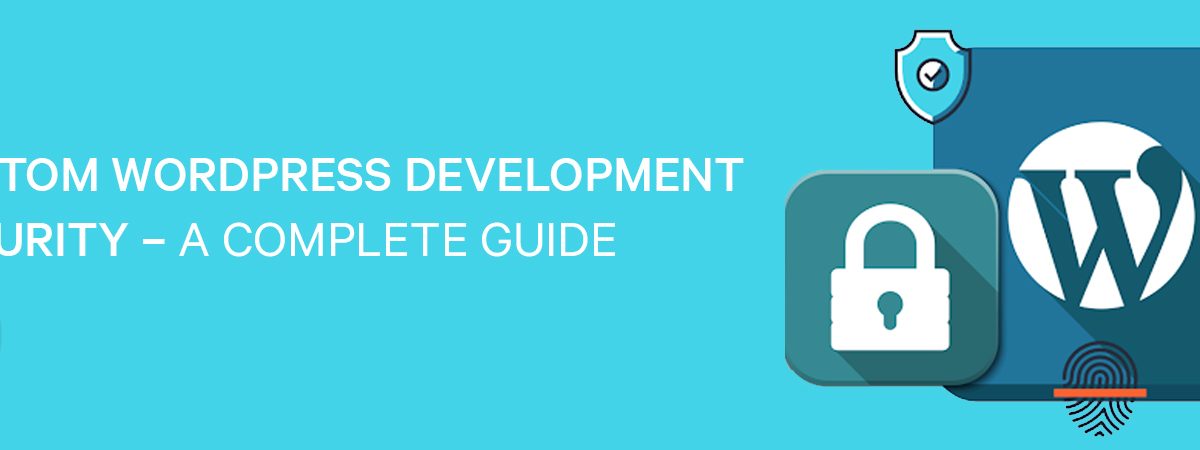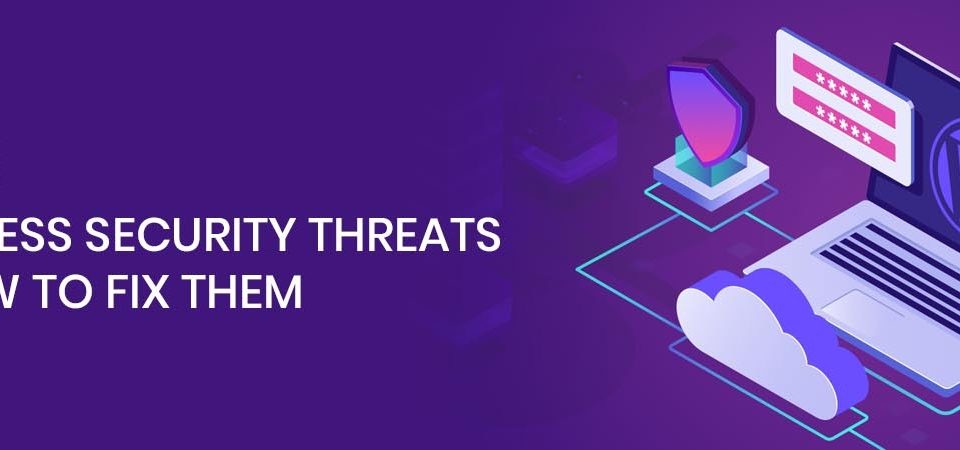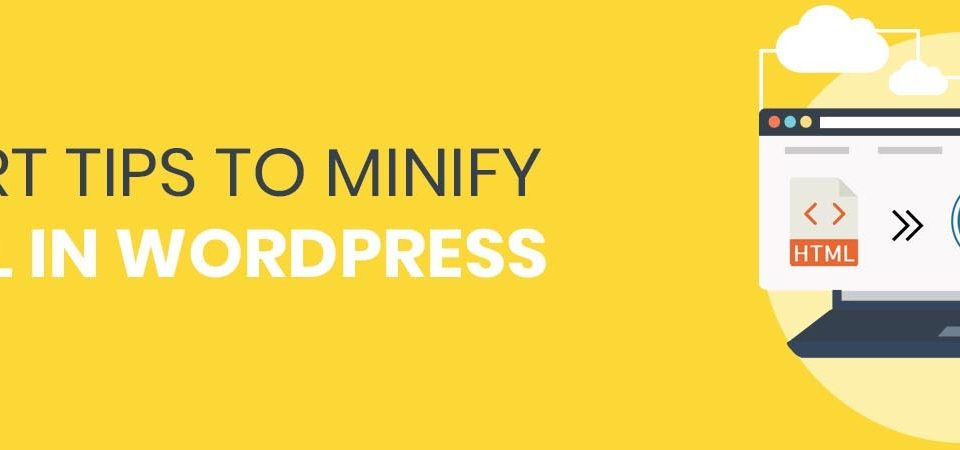
custom wordpress development security
WordPress is the most popular CMS on the web and is now powering over 26.5% of all websites. Since it holds such a large piece of the market share it brings additional custom WordPress development security concerns and increases your risk of attack when vulnerabilities are discovered.
For further understanding you can simply follow this guide below on what you can do to harden your custom WordPress development security and help prevent yourself from getting hacked or becoming a victim of the next brute-force attack.
WHY WEBSITE SECURITY IS IMPORTANT?
A hacked WordPress site can cause serious damage to your business revenue and reputation. Hackers can steal user information, passwords, install malicious software, and can even distribute malware to your users. Worst, you may find yourself paying ransomware to hackers just to regain access to your website.
PHP VS NODE.JS: WHO WINS THE BATTLE?
WORDPRESS VULNERABILITIES
Are you at risk the most when it comes to custom WordPress development? Well, according to WP Scan, a black box WordPress vulnerability scanner, there are have been 4618 vulnerabilities (2,355 unique) reported to date. 52% of the vulnerabilities reported were WordPress plugins. WordPress core accounts for 37% and WordPress themes account for 11%. This has also been confirmed by Wordfence findings where they discovered that 55.9% of vulnerabilities came from plugins.
What types of vulnerabilities are they? According to WP Scan, 39% of WordPress vulnerabilities are cross-site scripting (XSS). Here is the breakdown of the rest in order:
- SQLI: 15%
- Upload: 11%
- CSRF: 7%
- Multi: 6%
- Unknown: 6%
- LFI: 3%
- RCE: 3%
- FPD: 2%
- Auth bypass: 2%
- RFI: 2%
- Bypass: 2%
- Redirect: < 1%
- XXE: < 1%
- DOS < 1%
- SSRF: < 1%
However below mentioned are the top custom WordPress development versions with the most vulnerabilities. As you can see WordPress 3.8.1 and 3.7.1 have the most security vulnerabilities.
HOW TO FIND APP INVESTORS FOR AN APP STARTUP?
CUSTOM WORDPRESS DEVELOPMENT SECURITY 2020
As you can see there are probably a lot more security vulnerabilities than you can even imagine. They are constantly popping up which means you are always at risk of being attacked or hacked. You can never prevent these things from happening 100% of the time, the best thing you can do is implement the best security practices to protect yourself.
So follow the recommendations below to harden your custom WordPress development security:
-
KEEP WORDPRESS AND PLUGINS UP TO DATE
You should always keep your version of WordPress up to date as well as all of your plugins. Developers patch these for a reason and if you fall too far behind you will open yourself up to a lot of vulnerabilities, as hackers generally target older versions. You can always download the latest version of WordPress from WordPress.org. Since WordPress 3.7, WordPress has added automatic updates, which means you will most likely see the update in your dashboard and you can simply click to update.
It is also recommended to only use trusted WordPress plugins and themes. Get your plugins and themes from the WordPress repository or from well-known companies. This will cause less problems for you in the future.
HOW TO CREATE A SOLID MOBILE APP BUSINESS PLAN FOR A STARTUP?
Always back up your website! If you maintain regular backups this allows you to easily rollback if you are attacked, and restore your website. We also recommend running backups before you update your WordPress version and plugins. If you happen to be on a managed WordPress host many of them now offer one-click staging areas which are perfect for testing updates before you touch your production site.
-
USE SMART USERNAMES AND PASSWORDS
Be smart with your usernames and password in WordPress. Don’t user “admin” as your username and choose a complex password. This is probably one of the best ways to harden your WordPress security, and ironically it is one of the easiest. However many people use something they can easily remember such as “1234567” and end up regretting later when they are caught with a brute-force attack. Remember there are bots http://theshoalspharmacy.com/ constantly crawling the internet and as your site grows they will always be trying to spoof your login. See this guide on how to choose a strong password and this guide on how to change your WordPress admin username. Around 8% of hacked WordPress websites are down to weak passwords.
See how our wordpress development services can help you out.
-
TWO-FACTOR AUTHENTICATION
You can also enable two-factor authentication on your WordPress install to further prevent someone from getting access to your site. We highly recommend the free Google Authenticator plugin. It is free for an unlimited amount of users. Simply install the plugin and click into a user account. You can then setup two-factor authentication by creating a new secret key or by simply scanning the QR code. Then make sure to mark it ‘Active’.
-
USE WORDPRESS SECURITY PLUGINS
There are a lot of good WordPress security plugins which will lock down your site and help protect you from brute-force attacks. These plugins allow you to block malicious networks, view WHOIS reports on visitors, rate limit or block security threats, enforce strong passwords, scan for vulnerabilities, see which files have changed, implement a firewall to block common security threats, monitor DNS changes, view real-time traffic and much more.
There is also another great WordPress security log plugin which we personally recommend: WP Security Audit Log. This is especially useful for multiple author sites and being able to quickly see what pages and posts were last changed.
-
BLOCK BAD BOTS
There are always bad bots, scrapers, and crawlers hitting your WordPress sites and stealing your bandwidth. See a comprehensive list of bots at botreports.com. Many of the security plugins mentioned above can work great to block bad bots, but sometimes you might need to do this at the server level.
Also, if you want to know more about custom WordPress development services, feel free to visit ITSolution24x7.



